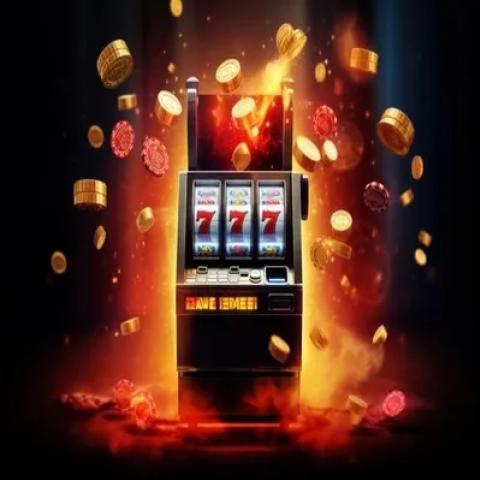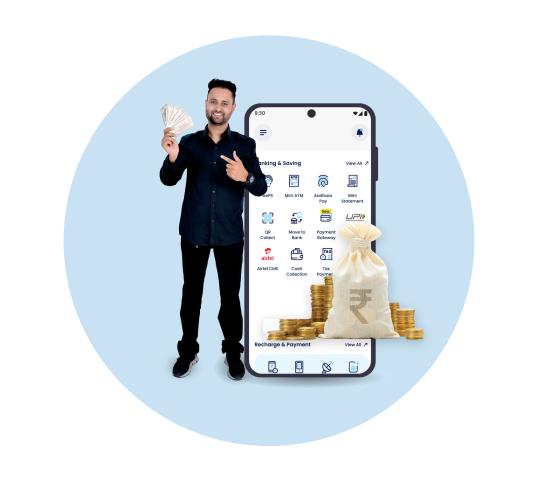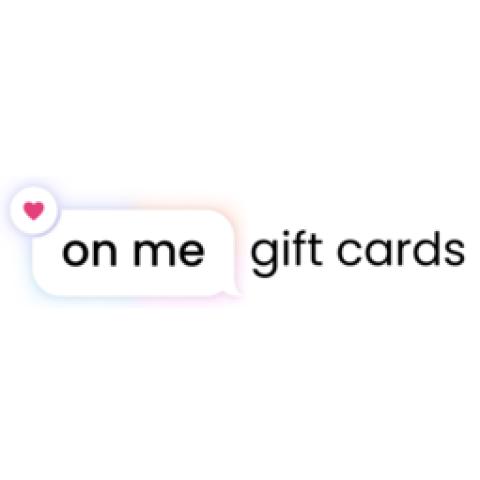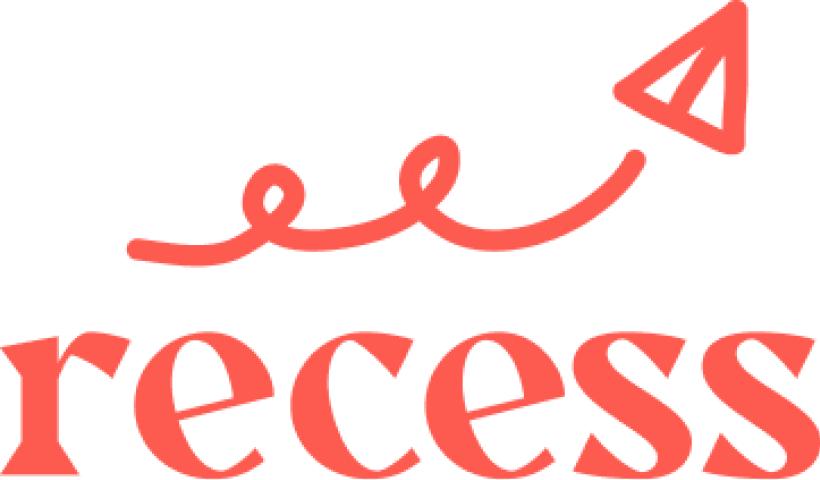In today’s ad-saturated world, only a rare few break through the noise to capture our attention and prompt us to act. What makes these ads so magnetic? The answer lies in the science of human psychology, where specific triggers and responses dictate what we notice and how we feel. Irresistible ads tap into these natural responses, creating a powerful attraction that feels almost instinctual.
This guide explores the psychology behind unforgettable ads and the methods marketers use to make their messages stick. Ready to master the science of attraction? Let’s jump in.
Table of Contents
- Dopamine Triggers: Stimulating the Brain’s Reward System
- FOMO: The Power of Urgency
- Social Influence: The Pull of Popularity
- Emotional Appeal: Creating a Lasting Impact
- Mental Shortcuts: Using Cognitive Biases
- Keep It Simple: The Art of Minimalism
- The Element of Surprise: Engaging with Novelty
- Wrap-Up
Dopamine Triggers: Stimulating the Brain’s Reward System
Dopamine, the brain's “feel-good” chemical, plays a huge role in ad effectiveness by firing up whenever we anticipate something rewarding. Ads that can spark excitement or hint at a reward create a dopamine-driven response.
How to Use It:
- Exciting Offers: Words like “exclusive” or “limited edition” stir curiosity and anticipation, activating dopamine.
- Instant Payoff: Ads that promise fast results (“see changes today”) stimulate the brain’s desire for quick rewards.
- Interactive Elements: Include interactive components like quizzes, polls, or countdowns to build curiosity and anticipation.
FOMO: The Power of Urgency
Fear of missing out (FOMO) is a universal motivator. When people feel they might miss out on something unique or time-sensitive, it pushes them to act fast. Ads that play into FOMO create a sense of urgency.
How to Use It:
- Create Scarcity: Words like “only a few left” or “ends tonight” amplify urgency, compelling action.
- Exclusive Deals: Limited-time or members-only deals make viewers feel like they’re getting something exclusive.
- Showcase Demand: Highlight how many people are engaging with the offer, subtly prompting viewers not to miss out.
Social Influence: The Pull of Popularity
People naturally gravitate towards what others endorse. Social proof reassures us that we’re making the right choice, especially if others we respect or relate to have already made it.
How to Use It:
- Customer Testimonials: Share positive reviews to showcase that real people love your product.
- Influencer Endorsements: Leverage the credibility of influencers or experts to create trust.
- User-Generated Content: Highlight content from your audience to create a sense of community and trust.
Emotional Appeal: Creating a Lasting Impact
Emotions drive decisions. Ads that evoke happiness, nostalgia, empathy, or excitement linger in our minds and compel action.
How to Use It:
- Storytelling: Tell relatable stories that create a personal connection through humor, struggles, or aspirations.
- Impactful Visuals: Use colors, music, and imagery to reinforce the mood and emotion you want to convey.
- Aspiration: Position your product as something that aligns with the dreams or goals of your audience, adding emotional relevance.
Mental Shortcuts: Using Cognitive Biases
Cognitive biases are shortcuts our brains use to make decisions fast. Ads that tap into these biases subtly guide us toward making a choice without us realizing it.
How to Use It:
- Price Anchoring: Display a higher price initially, followed by a discount, making it feel like a deal.
- Reciprocity: Give value first, such as with a freebie, to encourage viewers to give back by engaging with or purchasing your product.
- Authority Cues: Use endorsements or testimonials from experts to add credibility and trust.
Keep It Simple: The Art of Minimalism
Simplicity makes it easy for the brain to process information, leading to quicker engagement. Minimalist ads keep things straightforward, letting the main message shine.
How to Use It:
- Clear Message: Keep your message short, focused, and easy to digest.
- Direct Call to Action: Ensure your next step is obvious, with action words like “Learn More” or “Shop Now.”
- Clean Layout: Use white space and avoid clutter, guiding the viewer’s eye to what matters most.
The Element of Surprise: Engaging with Novelty
Humans are naturally drawn to novelty and surprise. Ads that break the mold, whether through visuals or messaging, keep us engaged and curious.
How to Use It:
- Unexpected Imagery: Incorporate quirky visuals or clever puns to capture interest.
- Innovative Formats: Experiment with unconventional formats, like interactive videos or immersive experiences.
- Tease the Mystery: Hint at something exciting without revealing all the details to engage curiosity.
Wrap-Up
Creating compelling ads is both an art and a science, grounded in understanding human psychology. By strategically tapping into dopamine triggers, social proof, emotional impact, and cognitive biases, you can craft ads that genuinely resonate. These tactics ensure that your message isn’t just seen but remembered, creating lasting connections and driving meaningful results. Mastering these principles is essential for anyone aiming to excel as a freelance digital marketing strategist in Kochi, where creativity and strategy meet to make every ad unforgettable.















